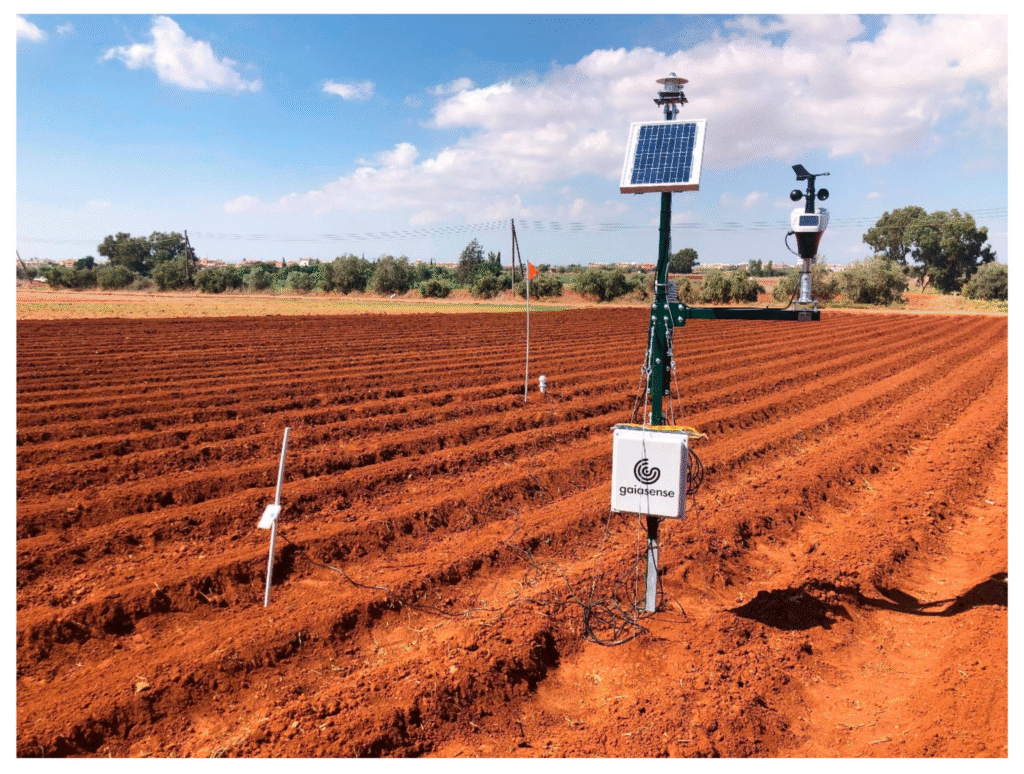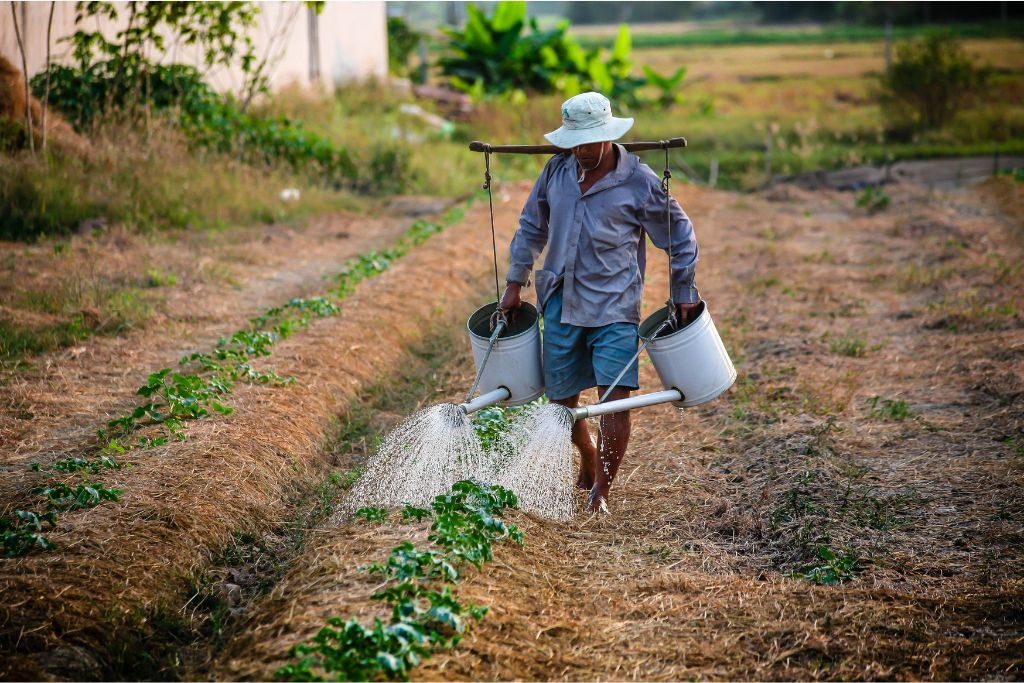
In recent years, agriculture has gone through a major transformation thanks to smart planting techniques. As the world faces the challenges of climate change, soil degradation, and growing food demand, smart planting is quickly becoming a game-changer. From AI-powered irrigation systems to drones planting seeds in deserts, this new wave of agricultural innovation is making farming more efficient, sustainable, and productive than ever before.

Smart planting is the use of advanced technology in agriculture to improve the way crops are grown. It involves tools such as sensors, GPS, data analytics, robotics, artificial intelligence, and the Internet of Things (IoT) to optimize every step of the farming process from planting and watering to fertilizing and harvesting.
Unlike traditional methods, smart planting focuses on precision. It ensures that seeds are placed at the right depth, in the right spot, and at the right time. This not only boosts yield but also saves valuable resources like water and energy.
The global population is expected to reach 10 billion by 2050. This growth will require nearly 60% more food than what is being produced today. At the same time, climate change is making it harder to farm using old methods. With rising temperatures, irregular rainfall, and limited arable land, farmers are under pressure to do more with less.
Smart planting provides a sustainable solution. It reduces waste, increases efficiency, and helps crops grow in harsh environments. For example, with soil sensors, farmers can check the moisture level and nutrient quality in real time. Based on this data, smart systems can automatically water or fertilize crops as needed avoiding both overuse and shortage.
Several countries and companies are leading the way in smart planting innovations.
These technologies are not just for large-scale farms. Even small farmers with limited budgets are adopting smart planting through mobile apps, solar-powered devices, and shared drone services.
Smart planting is not just good for farmers it’s good for the planet. It helps in:

While smart planting holds great promise, it comes with its own challenges:
Governments and private companies are working to bridge this gap through subsidies, training programs, and local tech support.
Experts believe that smart planting will be a key part of future food systems. Urban farms, vertical gardens, and climate-resilient crops will rely heavily on smart systems. With AI becoming more powerful and devices becoming more affordable, it’s only a matter of time before smart planting becomes the global standard.
Read More:- Deyaar’s Latest Announcement Shakes Up the UAE Property Market
